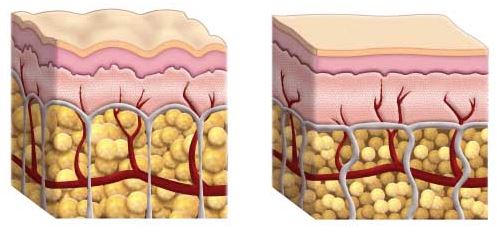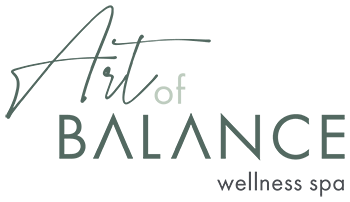What is cellulite?
Dr. Nia Banks, Modern Aesthetics
It can be incredibly frustrating to attempt to lose weight by adopting a healthier lifestyle, including a diet and exercise regimen, only to find that certain areas of your body are more stubborn than others. For some of us, no matter how hard we work to achieve results, there will be a pouch of stubborn fat or an area of unwelcome cellulite that seems to mock us.
Cellulite is dimpled skin that may appear like an orange peel commonly on the thighs and buttocks. Most women after puberty will develop cellulite. It affects the vast majority of women, usually after puberty. Cellulite is not strictly a problem with excess fat. Even thin women can have cellulite. Rapid weight loss can actually make cellulite worse.
How did it get there?

Cellulite is not your fault. There are no known ways to prevent cellulite. Men, however, rarely develop it.
There are three anatomic problems that cause the “cottage cheese” appearance of cellulite. First, the connective tissue bands around the fat under the skin become stiff and taut. Second, enlarged pockets of fat trapped by the rigid bands herniated into the skin. Finally, thin skin allows all of these changes to been seen more easily. See the diagram below with skin affected by cellulite on the left and normal skin on the right.
Aging, hormones, genetics, and dramatic weight changes can all play a role in the appearance of cellulite.
Cellulite can be divided into three main grades based on the severity. Grade I cellulite is only seen when the skin is pinched. Grade II cellulite can be seen when standing up but not when lying down. Grade III cellulite can be seen whether you are standing up or lying down.
So What Can I Do?
There are many treatments offered for cellulite. None are perfect and there is no way to prevent getting cellulite. Treatment methods must address at least one of the anatomic causes of cellulite described above.
1. Reduce the Fat:
Weight loss lessens the appearance of cellulite in most women. However, even thin women can have cellulite
Liposuction can reduce the volume of deep subcutaneous fat but does not easily address the superficial fat that herniates into the dermis. Removing this fat by liposuction can cause further skin dimpling and scarring. Laser assisted liposuction has the same limitations as traditional liposuction but may lessen the appearance of cellulite by tightening the skin.
2. Tighten the Skin:
Topical Treatments may improve the firmness and appearance of skin, lessening the appearance of cellulite. Topical treatments do not address the issues below the skin that lead to cellulite.
Endermologie uses rolling pressure and suction to reduce the appearance of cellulite. It requires up to 20 twice weekly treatments. In published studies, the results are mixed and often temporary. Monthly maintenance may be recommended.
3. Break up the Fibrous Bands:
Cellulaze™ is an invasive procedure that uses the SmartLipo platform and is approved by the FDA for cellulite reduction. It uses an Nd:YAG and 1320 nm lasers to melt the fat and break up the fibrous bands that lead to cellulite.
4. All of the Above
SmoothShapes™ uses a diode laser, massage, and suction to reduce cellulite and address small areas of unwanted fat for body contouring.
VelaShape™ is a noninvasive treatment that uses a combination of radiofrequency, infrared light, massage, and suction to heat collagen and fat in the skin which leads skin tightening, degradation of fibrous bands, and fat reduction in treated areas. The VelaShape™ technology was the first FDA approved device to reduce cellulite and is in its third generation. The latest device, VelaShape II™, has been shown to reduce small areas of unwanted fat and loose skin. Most patients require 4 to 6 treatments performed once weekly to get maximum improvement. Maintenance treatments every 6 months are recommended.
VelaShape™ is an office procedure that takes 20-30 minutes per session. There is minimal discomfort during the procedure and most areas of the body can be treated. Some may experience temporary bruising. It can be used for circumferential reduction of fat and to enhance results after liposuction by tightening the overlying skin and smoothing out the remaining fat.
As always, if you are considering a procedure, be sure to set up a consultation with Dr. Banks to discuss your own unique needs and wants. Working together, you will be able to come up with a treatment plan that is specially tailored just for you.




Recent Comments